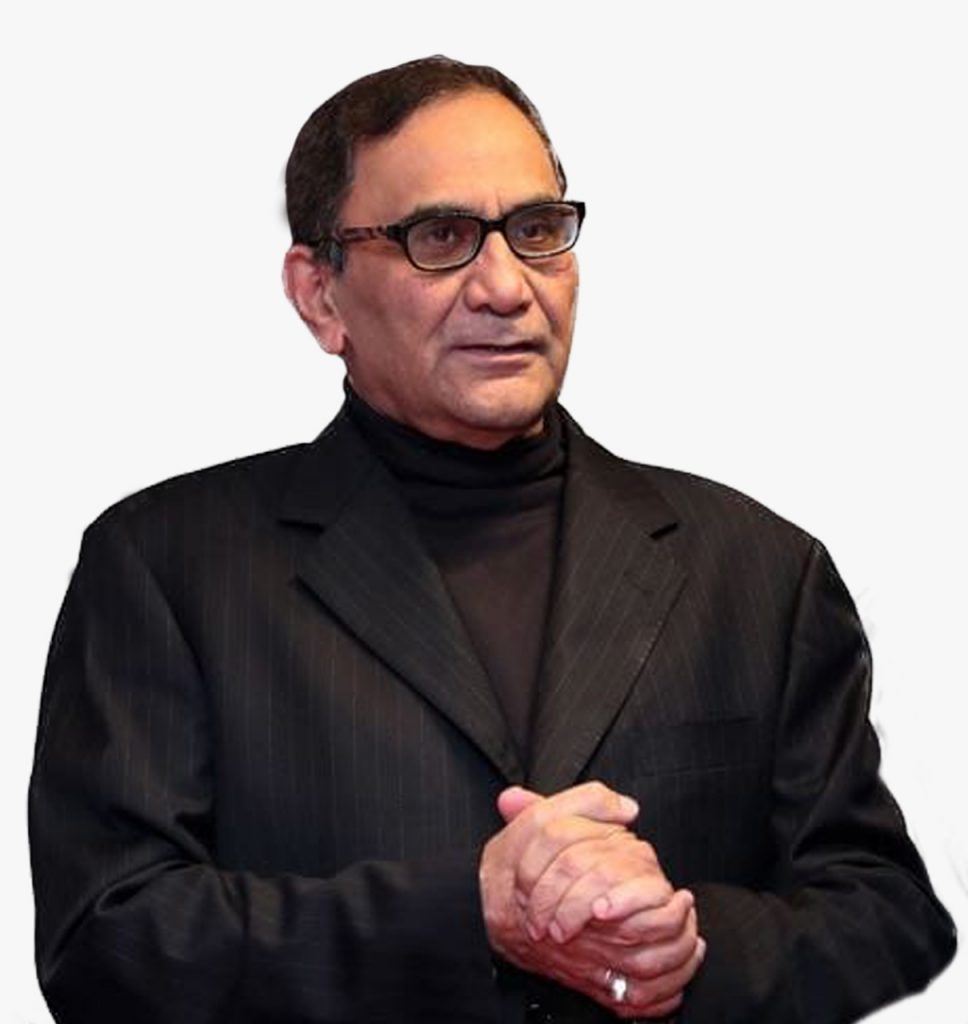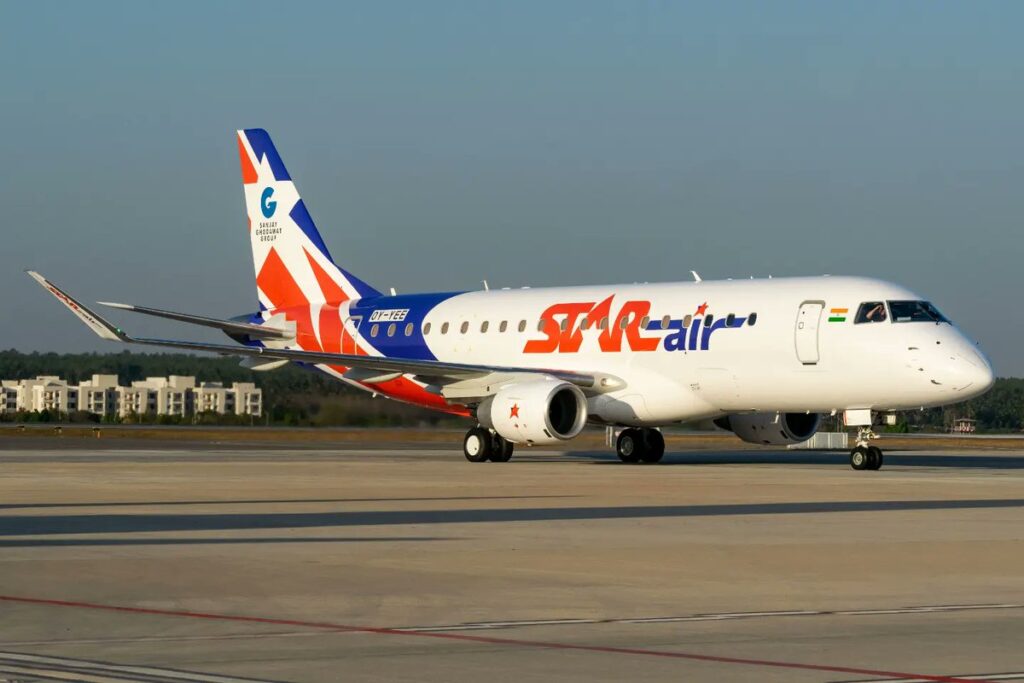By Bikram Vohra

The need to go back to go forward is an imperative as India gears up for a new dimension to its civil aviation portfolio. The ambitious addition of 40 airports and the creation of a new Regionals network to connect the level 2 and 3 tier cities and towns not only adds a lease of life to props and 40- and 70-seater twins but also provides a key to the door of new prosperity for the communities in the vicinity.
While it may not yet be transparent, the biggest challenge to short-haul air travel comes from surface transport as roads and railways improve exponentially. The demands on the ground for taking a flight are pretty much the same in time terms and take-off and landing exercises times and the check in and security and baggage reconciliation protocols the planning will have to be near perfect not just in terms of efficiency of systems but also well thought out investment in equipment and aircraft.
When deciding between no-frills airlines and full-service airlines, it’s essential to weigh the advantages and disadvantages of each to determine which best suits travel needs. Both types of airlines cater to different types of passengers, and understanding the distinctions can help one make an informed choice.
The UDAN (Ude Desh ka Aam Naagrik) project aims to make air travel affordable and widespread in India. As of my last update, over 10 airlines were involved in the UDAN project, including major carriers and regional airlines. Key participants included:
1. Air India
2. IndiGo
3. SpiceJet
4. GoAir (now Go First)
5. Alliance Air
6. AirAsia India
7. Air Deccan
8. TruJet
9. Star Air
10. Akasa Air

This about covers the whole pack. It is a lucrative cake, and everyone wants a piece of it. The number of airlines may vary over time as new airlines join and others exit the program. When we talk of exits, the reasons for carriers going belly up are plenty. From wrong choice of aircraft to flawed self-indulgent overheads, the list of no-nos can extend to sloppy management, maintenance and training shortcuts, poor decision making on route planning and poor or inaccurate projections.
In brief, the whole slew of things.
No-frills airlines, often referred to as low-cost carriers (LCCs), focus on providing the basics of air travel without any of the additional services that full-service airlines offer. They typically have lower ticket prices, making air travel more accessible to a broader range of people.
The primary benefit of flying with a no-frills airline is the cost. These airlines offer significantly cheaper fares by eliminating optional services, allowing travellers on a budget to save money.
Many low-cost carriers operate direct flights that may not be available from traditional airlines. This can be While no-frills airlines charge for extras (such as checked baggage, seat selection, and onboard meals), their base fare is transparent. Travelers can choose to pay only for the services they need.
These airlines often have quicker turnaround times between flights because they have simplified operations. This can lead to more punctual flights.
However, there are downsides to consider:
While the initial ticket price might be low, additional charges can add up quickly. Travelers should be aware of all potential fees.
No-frills airlines often do not provide complimentary meals, beverages, or entertainment. Passengers must be prepared for bare-bones service.
The seating on low-cost airlines may be less spacious, with minimal legroom and fewer amenities than traditional carriers.
Now let’s measure that against a full-service airline and what it offers to a passenger.
Full-service airlines provide a wide array of services as part of the ticket price, making them a more traditional and comprehensive option for travellers. They typically include amenities that enhance the travel experience:
The price of a ticket generally covers checked baggage, onboard meals, and drinks. This all-inclusive structure can be more economical for travellers who value these services.
Full-service airlines often offer more comfortable seating, greater legroom, and a wider selection of in-flight entertainment.
Traditional airlines frequently offer a more extensive network of routes, including international flights and connections. They are also more likely to provide frequent flyer programs and upgrades for loyal customers.
Typically, full-service airlines have dedicated customer service teams that can assist with issues like flight changes or cancellations, providing a level of support that budget airlines may not match.
However, there are these disadvantages:
Full-service airlines charge more for tickets, which may not be justified for travellers who do not need the included services.
Traditional airlines may overbook flights, leading to more significant inconveniences if passengers are bumped from a flight.
With more services comes more complexity, often resulting in longer check-in and boarding processes.
All this said, the line between the two tends to get a little blurred. Several airlines, having captured a base market with their no-frill service, now decide to mess around with their configurations and their ‘pay and get conveniences.’ The first crack in the mirror is the offer of different classes of travel, thereby creating a separation that is antithetical to the spirit of no frills.
This option of no frill is self-defeating and a carrier then starts charging for every courtesy, be it more weight, food, jumping the queue for check in and baggage, special seats, until the mathematical pyramid becomes unwieldy.
In fact, one of the not-so-funny parodies is that very soon, airlines will be charging for in-flight use of the toilet. Under the guise of no frills, the add-ons ons when calculated in bits and pieces, add up to as much of a cost as a full-service carrier. Why then bother with the no-frills tag?

In the Regional category, the winners will be those who keep a tight rein on overheads and understand in full measure that frills are pointless in under one-hour flights. You can manage less personal space for sixty minutes on average and go without food and produce a more on-time performance. The success ratio will be dependent on Routes, frequency, timing and slot availability. If 40-minute flights are delayed because of poor ground handling and delays, the fallback on frill will boomerang.
Various aircraft manufacturers and models have historically been considered for the project. Some of the aircraft options that will boost the sales market across the board over the next ten years include the doughty ATR 72, a highly successful turboprop the Bombardier 400 and the Embraer 170 and 190 regional jets. On the upper end will be the A320 series and the Boeing connecting 737, thereby creating a three-tier system with a feeder service at the bottom for the base network, a B to C larger aircraft service providing links to major airports.
At the first feeder level, options include the ATR 42 and the Dornier 228 and the Pilatus PC 12. Also, in the running for bunny hops over inhospitable terrain are the Cessna Caravan and the Beechcraft 1900.
Bikram Vohra is the Consulting Editor of Indian Aerospace & Defence.



